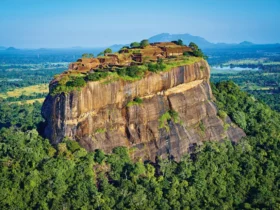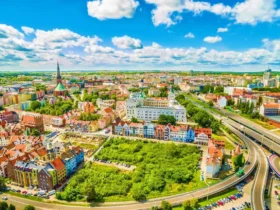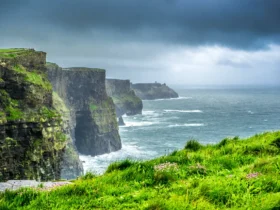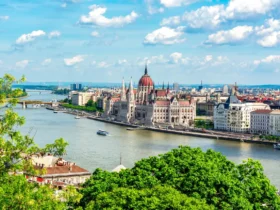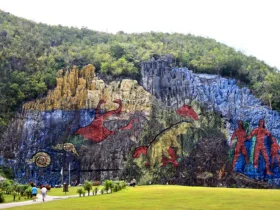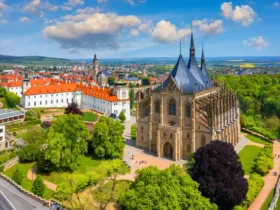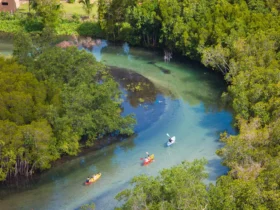The Eiffel Tower is an iconic landmark located in Paris, France. It is one of the most recognizable structures in the world and an enduring symbol of the city of Paris.
The Eiffel Tower is not only a remarkable engineering feat but also a beloved tourist attraction.
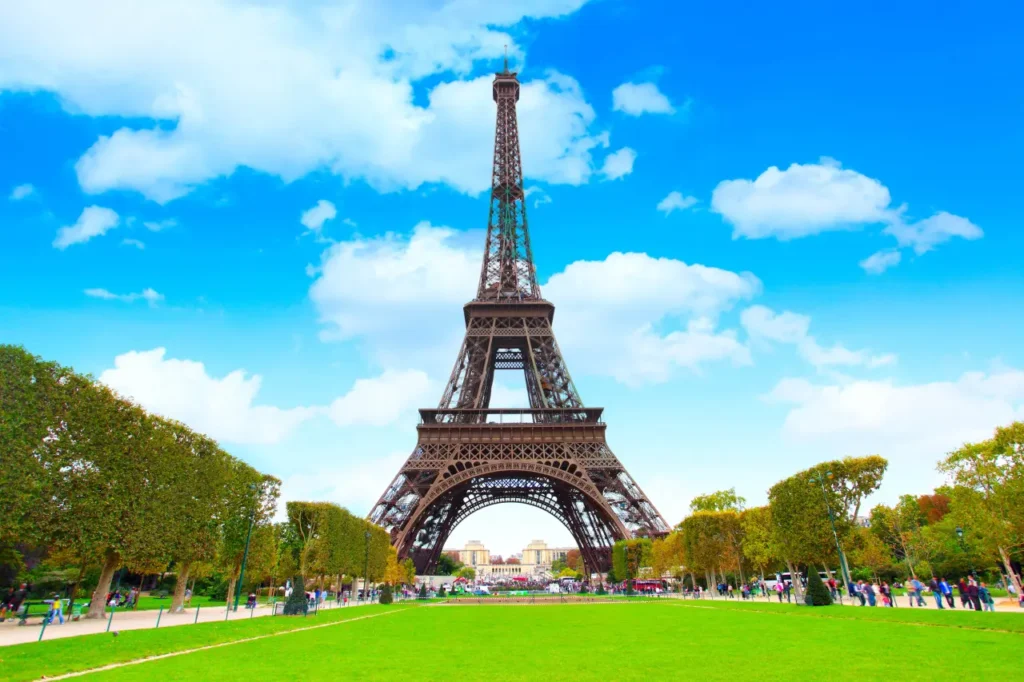
Some interesting features about the Eiffel Tower
This article will provide some details about the Eiffel Tower. Let’s find out together.
Construction
The tower was designed by Gustave Eiffel and his team of engineers for the Exposition Universelle (World’s Fair) .The construction of the Eiffel Tower was a significant engineering achievement of its time. Over 18,000 individual iron pieces and 2.5 million rivets were used in its construction.
Despite initial opposition from some artists and intellectuals who found it unconventional and unsightly, the tower was completed as planned. Construction began in 1887 and was completed in 1889.
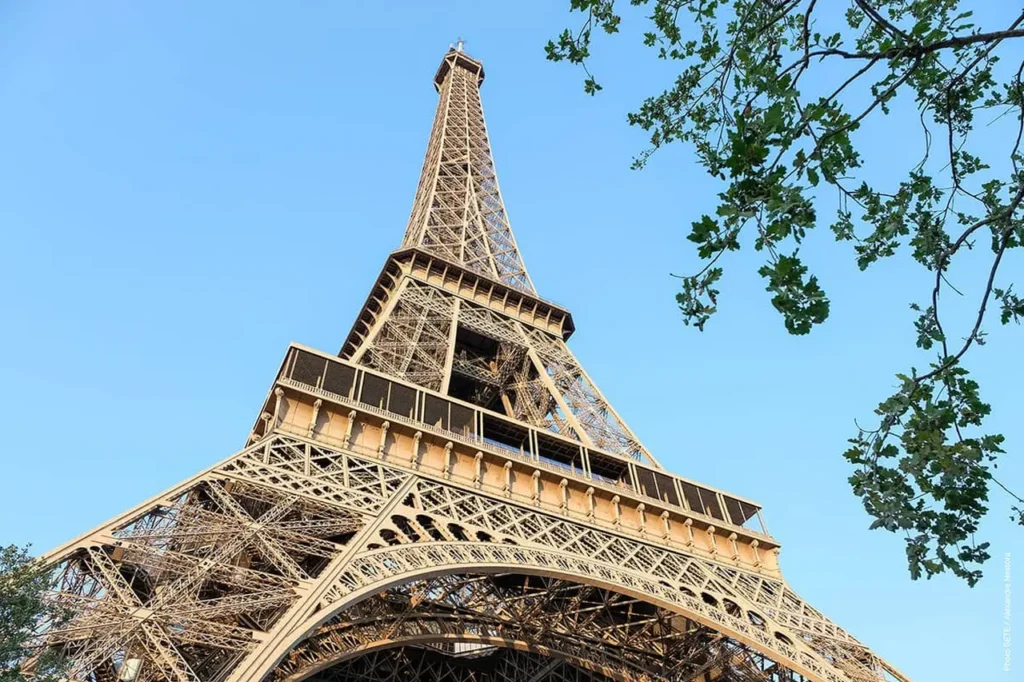
Height
At the time of its completion, the Eiffel Tower stood as the tallest man-made structure in the world, with a height of 330 meters (1,083 feet). It held this record for over 40 years until the completion of the Chrysler Building in New York City in 1930. The top observation deck, accessible to visitors, is situated at a height of 276 meters (906 feet).
The Eiffel Tower’s height can vary by as much as 15 centimeters (6 inches) due to thermal expansion caused by temperature changes. As the iron components heat up or cool down, they expand or contract, respectively, causing the tower’s height to change slightly.
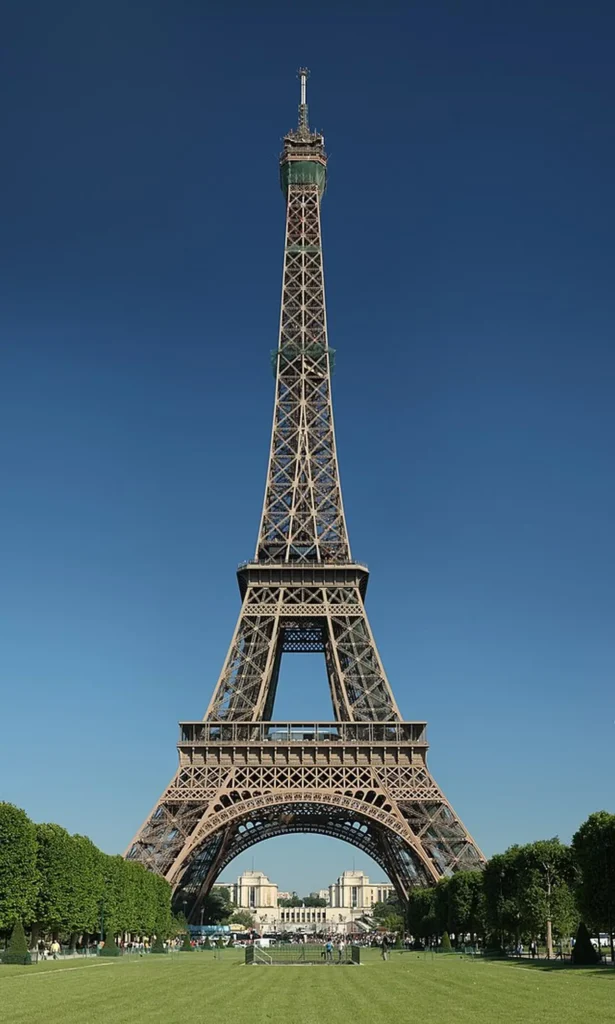
Structure
The tower is made of iron and consists of four massive arched legs that meet at the top. It is built to withstand wind and other environmental forces.
The structure of the Eiffel Tower exemplifies a perfect balance of form and function, combining aesthetics with engineering principles. Its unique lattice design, iron construction, and innovative engineering techniques have made it an enduring symbol of architectural excellence.
The tower’s open-lattice design reduces wind resistance, and its unique construction techniques allowed it to sway slightly during strong winds.
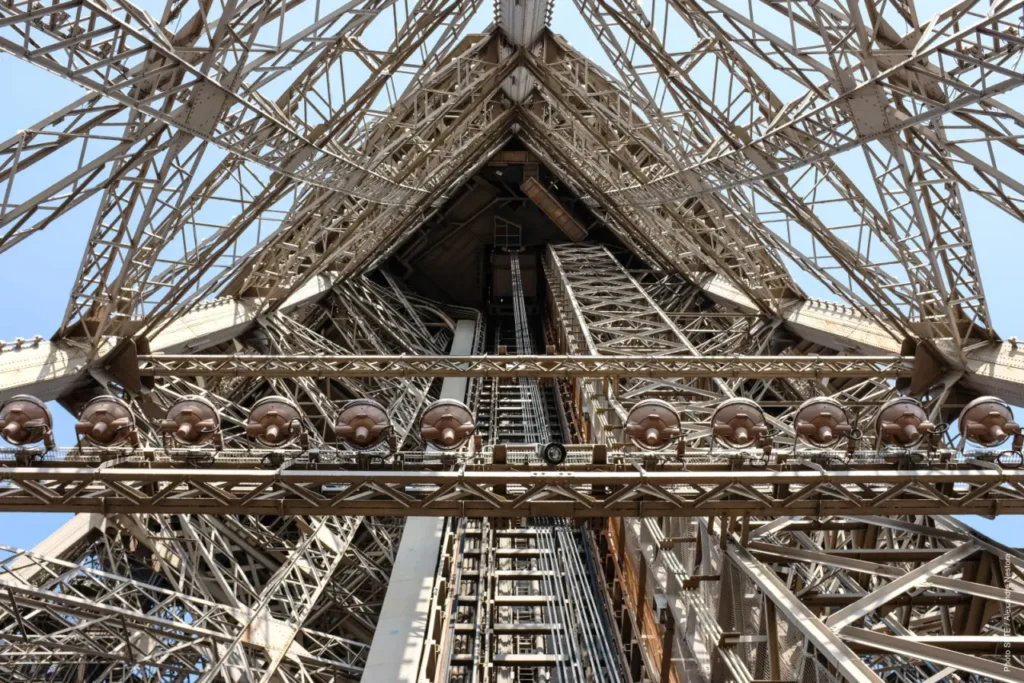
Observation Decks
The Eiffel Tower has three observation decks located at different heights. Visitors can take elevators or climb the stairs to reach these decks and enjoy panoramic views of Paris. The top observation deck, located at a height of 276 meters (906 feet), offers breathtaking views of the city.
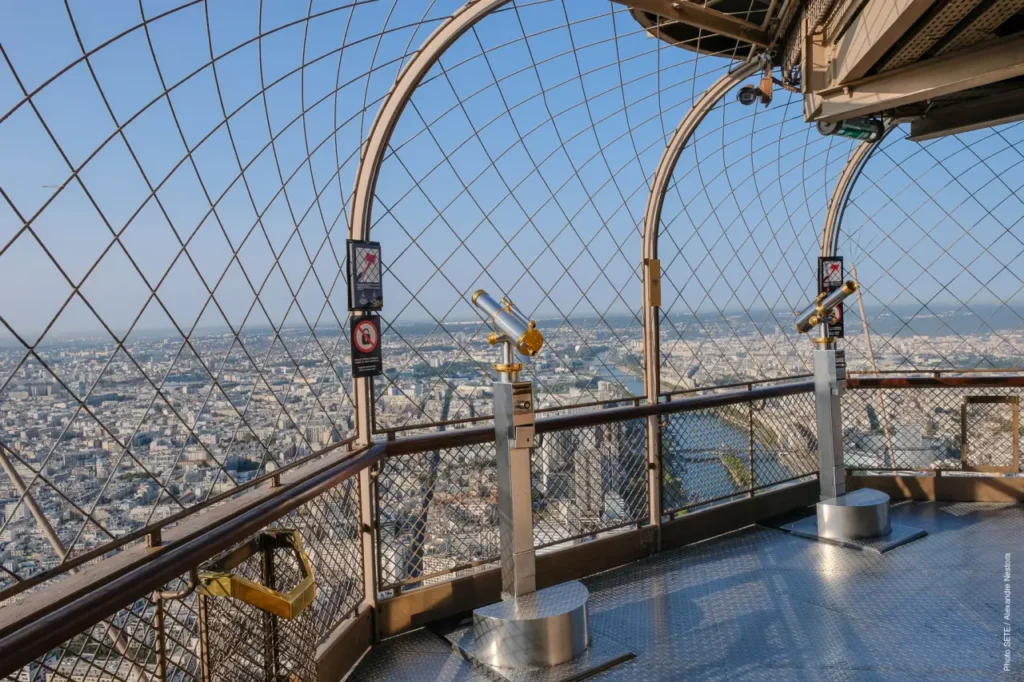
Visitors and Events
The Eiffel Tower attracts millions of visitors each year, making it one of the most visited landmarks in the world. It has become an enduring symbol of Paris and France, and a must-visit attraction for tourists. Its popularity contributes significantly to the local economy, benefiting restaurants, shops, and other businesses in the surrounding area.
The Eiffel Tower has been visited by numerous notable figures throughout history. It has welcomed famous personalities such as Thomas Edison, Gustav Mahler, and the British royal family. It has also been the site of various events, including parachute jumps, base jumps, and even a tightrope walk by Philippe Petit in 1974.
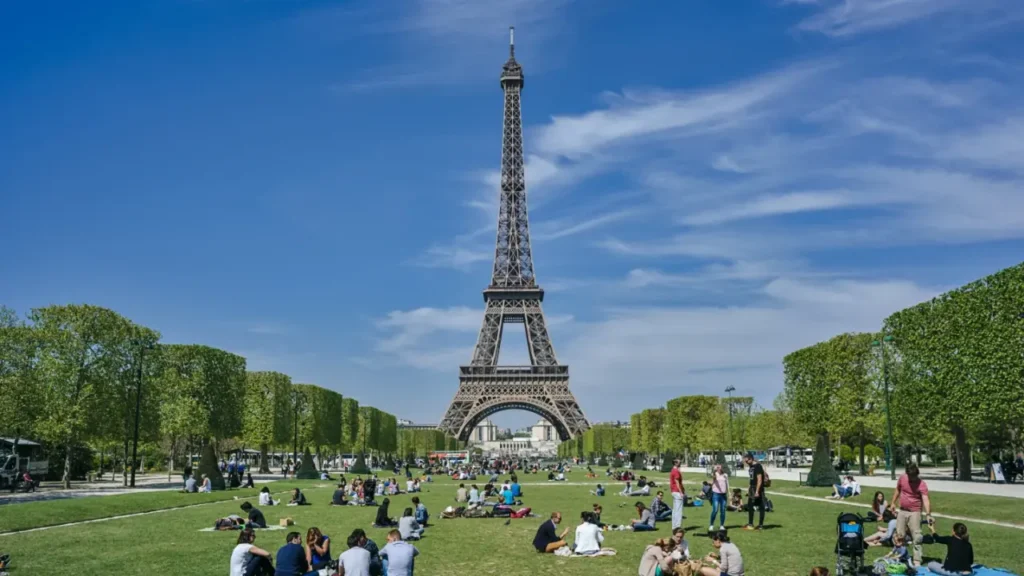
Illumination
The tower is beautifully illuminated at night with thousands of sparkling lights. It is often lit up with special colors and patterns to celebrate events or commemorate important occasions. The Eiffel Tower illuminations change for different events and causes. For example, during the annual “Fête de la Musique” (Music Day) in France, the tower is illuminated with musical notes. Additionally, during major sporting events or to raise awareness for specific causes, the tower may be lit up in different colors.
Today, the tower sparkles for five minutes every hour after sunset, with thousands of glittering lights creating a magical display.
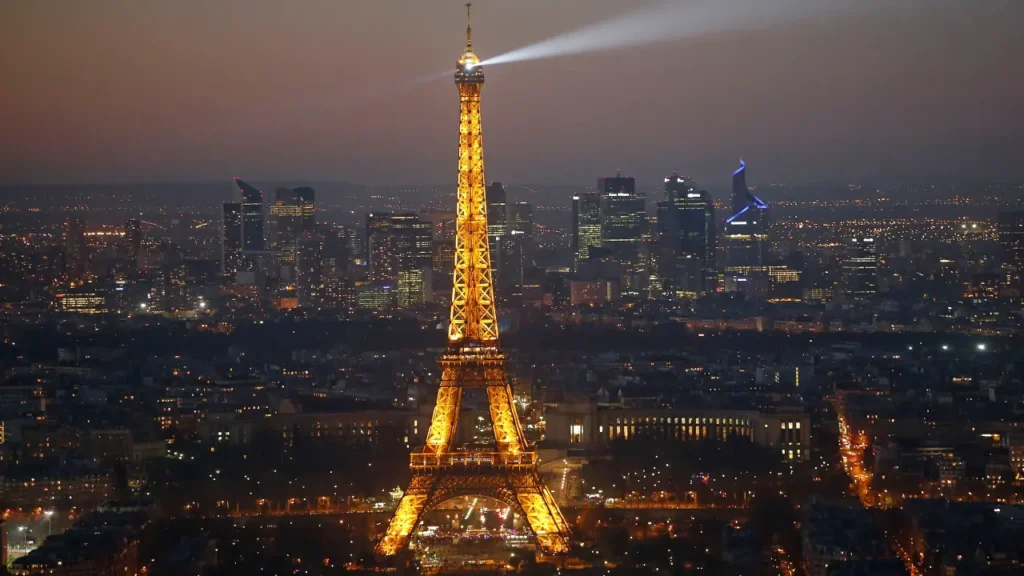
Cultural Significance
The Eiffel Tower has become an iconic cultural symbol, representing French ingenuity, engineering prowess, and artistic aesthetics. It has appeared in numerous films, books, and artworks, and has inspired countless artists, architects, and engineers.
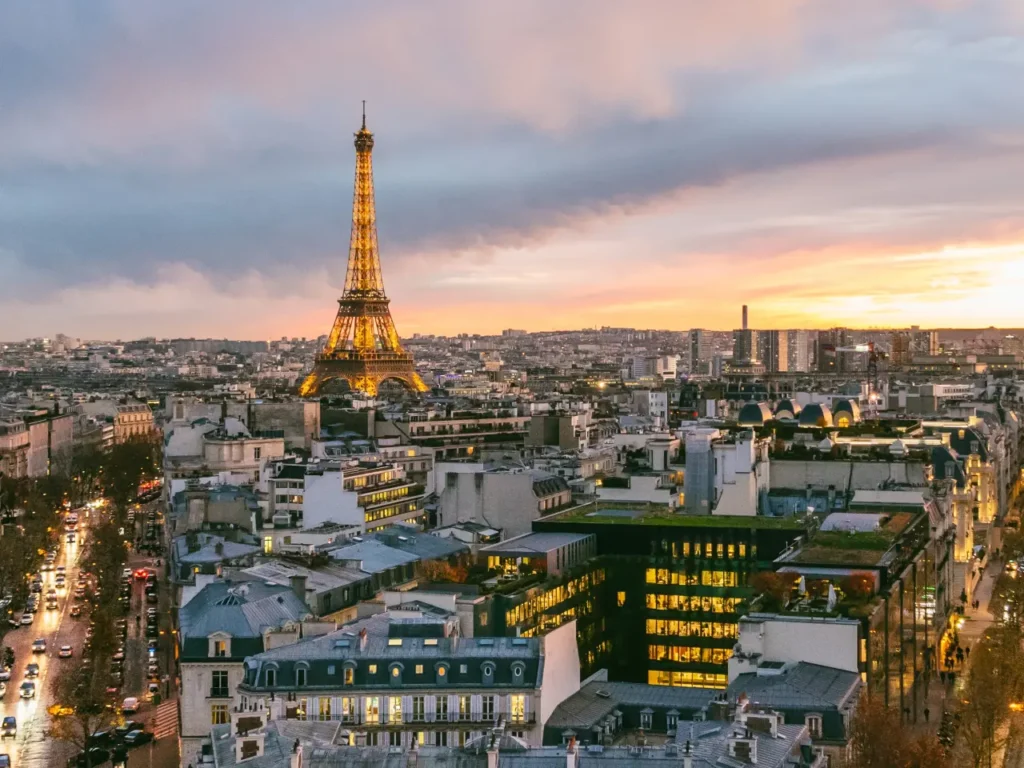
Elevators and Stairs
The tower offers both elevator and staircase access for visitors. There are a total of 1,665 steps from the ground to the top observation deck. The stairs are divided into three levels, with platforms for visitors to rest and enjoy the views along the way.
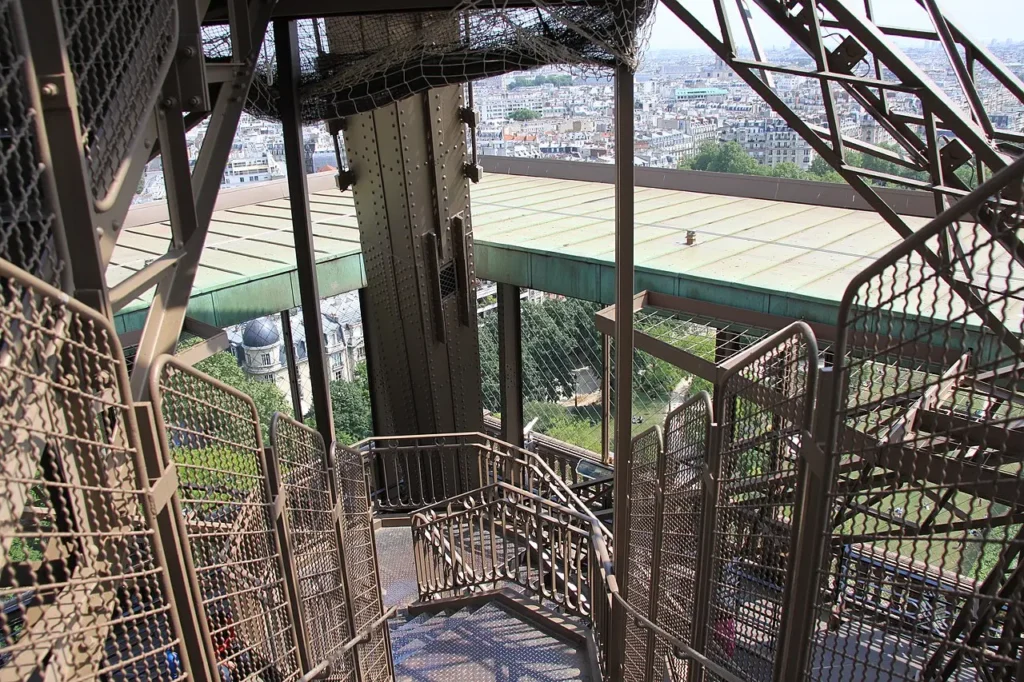
Restaurants
The Eiffel Tower houses two restaurants. The first-floor restaurant, called “Le 58 Tour Eiffel,” offers a casual dining experience, while the Michelin-starred “Le Jules Verne” restaurant is located on the second floor and provides a gourmet dining experience with panoramic views of Paris.
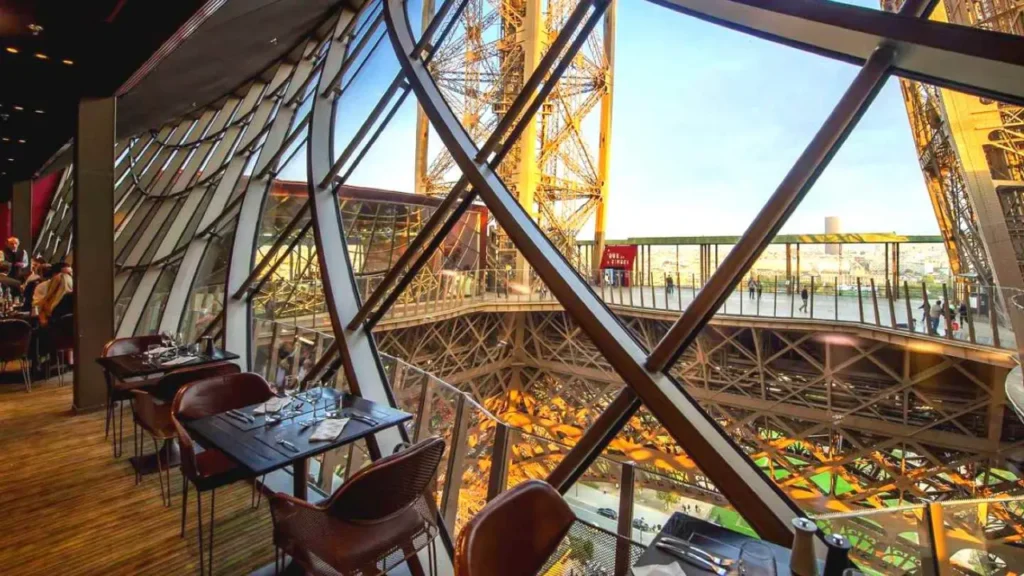
Renovations
Over the years, the Eiffel Tower has undergone several renovations to ensure its structural integrity and improve visitor facilities. Elevators have been modernized, glass floors have been added to some sections, and the observation decks have been upgraded to provide enhanced viewing experiences.
The Eiffel Tower requires regular painting to protect it from rust caused by exposure to the elements. It takes approximately 60 tons of paint to cover the entire tower during each painting cycle, which occurs once every 7 years. The painting process starts from the top and takes about 15 months to complete.
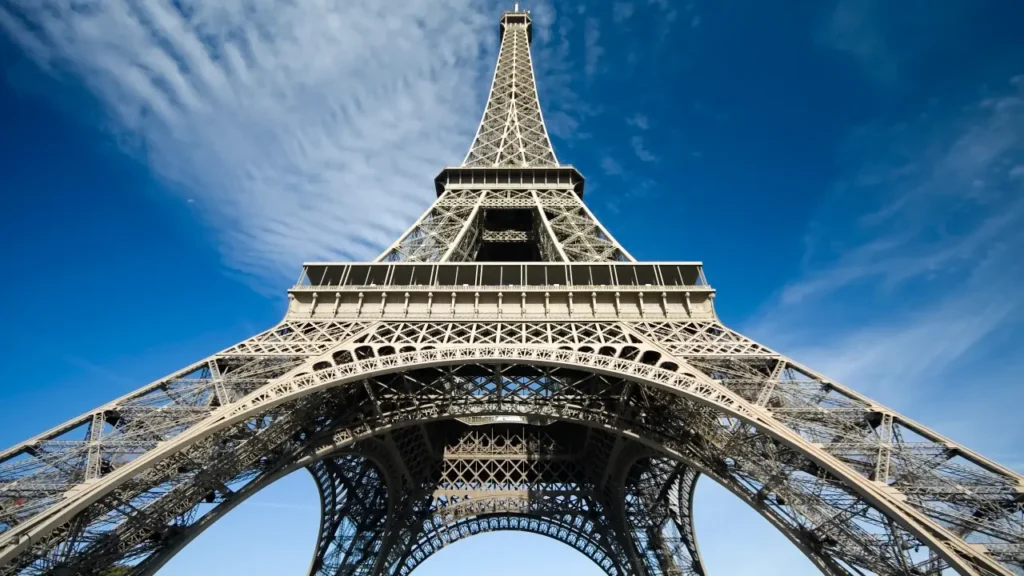
Replicas
Due to its worldwide recognition, the Eiffel Tower has inspired the construction of several replicas around the world. Notable replicas can be found in Las Vegas (USA), Tokyo (Japan), and various other cities.
The Eiffel Tower continues to captivate people from around the world with its beauty, history, and breathtaking views. It remains an enduring symbol of Parisian pride and a testament to human engineering and architectural marvels.
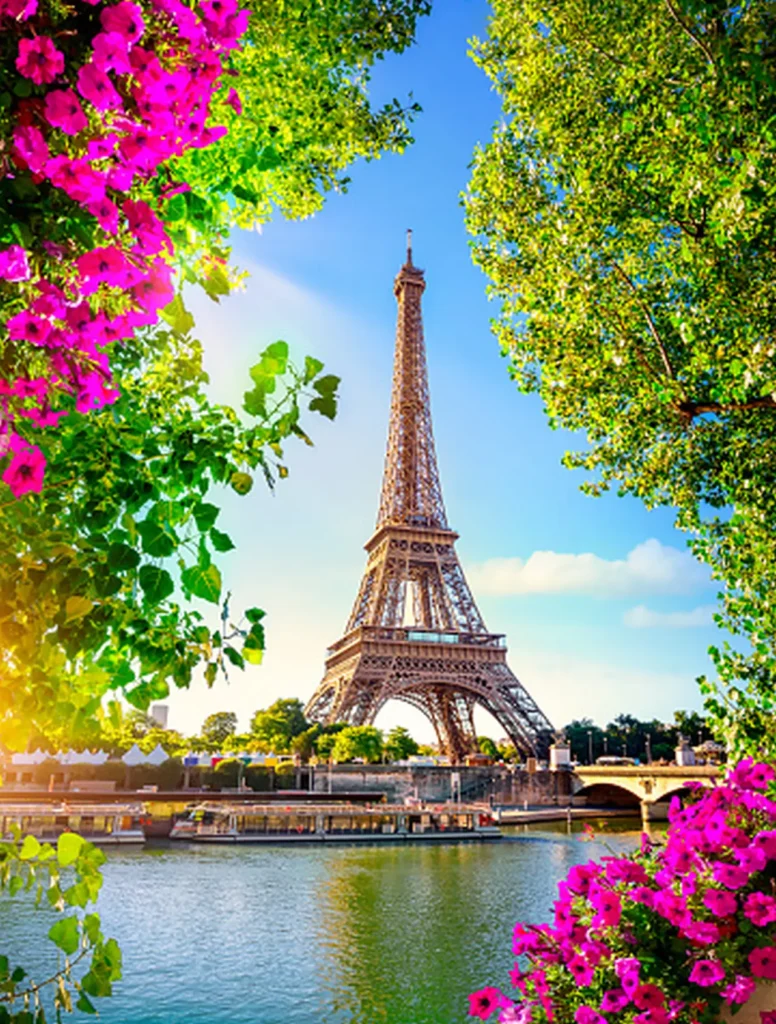
When we should travel to Eiffel Tower?
The Eiffel Tower is a popular tourist destination throughout the year, so you can visit it at any time. However, there are certain factors to consider when planning your trip:
- Weather: Paris experiences mild weather in spring (April to June) and autumn (September to October), making these seasons pleasant for outdoor activities, including visiting the Eiffel Tower. The temperatures are usually comfortable, and there is less chance of extreme heat or cold.
- Crowds: The Eiffel Tower attracts a large number of visitors, especially during the peak tourist season in summer (July and August) and major holidays. If you prefer fewer crowds, consider visiting during the shoulder seasons (spring and autumn) or weekdays when tourist traffic tends to be lower.
- Special Events: Check if there are any special events or festivals happening in Paris that you may be interested in. Attending events such as Bastille Day (July 14) or New Year’s Eve can add extra excitement to your visit, but keep in mind that these periods may be busier than usual.
- Sunset and Evening: Visiting the Eiffel Tower during the evening can offer a magical experience, especially when the tower is illuminated and the city lights come alive. Consider timing your visit around sunset to witness the transition from daylight to the enchanting night-time ambiance.
- Personal Preferences: Ultimately, the best time to visit the Eiffel Tower depends on your personal preferences. Consider factors like weather, crowds, and your preferred atmosphere when making your decision.
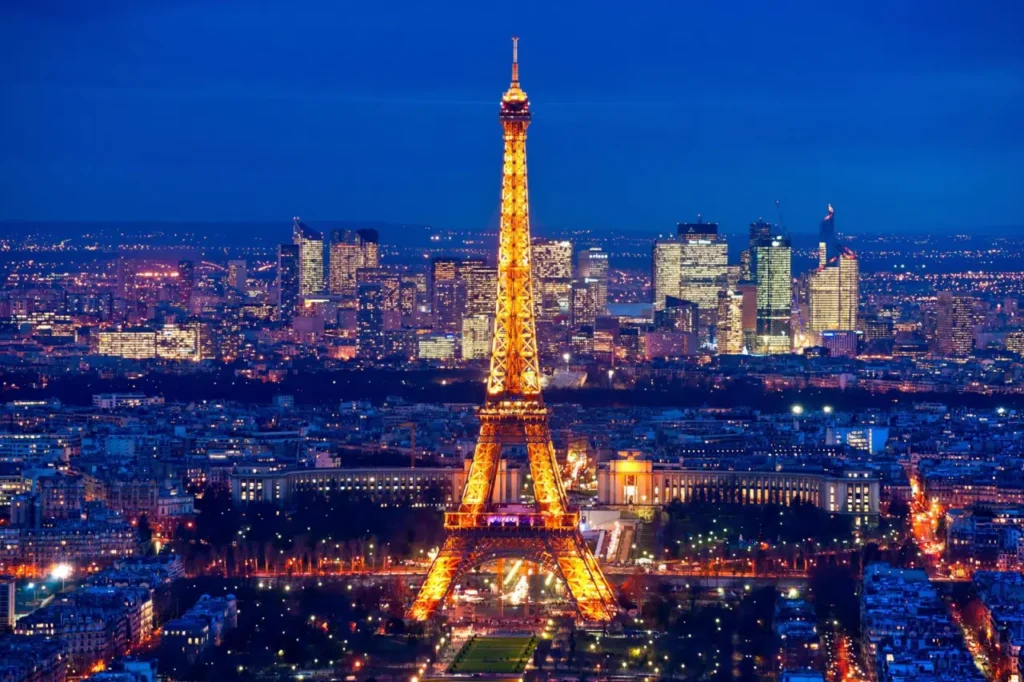
A few notes when visiting the Eiffel Tower
Here are a few important notes when visiting the Eiffel Tower:
- Tickets and Timed Entry: It is advisable to purchase your tickets in advance to avoid long queues, especially during peak tourist seasons. The Eiffel Tower offers timed entry tickets, so check the official website for availability and book your tickets accordingly.
- Security Check: Like many popular landmarks, the Eiffel Tower has a security checkpoint. Be prepared to go through a bag inspection and metal detector screening before entering. It is recommended to arrive a bit earlier to allow time for the security check.
- Elevator or Stairs: Decide whether you want to take the elevator or climb the stairs to the observation decks. Note that the stairs can be quite challenging, especially if you plan to climb all the way to the top. Elevator tickets may have limited availability, so plan accordingly.
- Comfortable Footwear: The Eiffel Tower involves walking and potentially waiting in line, so wear comfortable footwear to ensure a more enjoyable experience.
- Dress Appropriately: Check the weather forecast and dress accordingly. In colder months, bring layers to keep warm, and during the warmer months, wear light and breathable clothing. Also, consider bringing a rain jacket or umbrella in case of rain.
- Camera and Binoculars: Don’t forget to bring your camera or smartphone to capture the stunning views from the Eiffel Tower. Binoculars can also enhance your experience, especially when observing landmarks or details from the observation decks.
- Food and Drinks: There are restaurants and snack bars located at the Eiffel Tower, but they can get crowded. If you prefer, you can bring your own food and enjoy a picnic in the nearby Champ de Mars park. Remember to dispose of any trash properly.
- Respect the Rules and Regulations: Follow the guidelines and rules provided by the Eiffel Tower staff. These may include restrictions on bringing certain items, not climbing on railings, and respecting designated areas.
- Enjoy the Experience: Take your time to soak in the breathtaking views of Paris, admire the intricate details of the tower, and enjoy the overall experience of being at one of the world’s most iconic landmarks.
Please remember to check the official Eiffel Tower website or contact their information center for any specific instructions or updates before your visit.
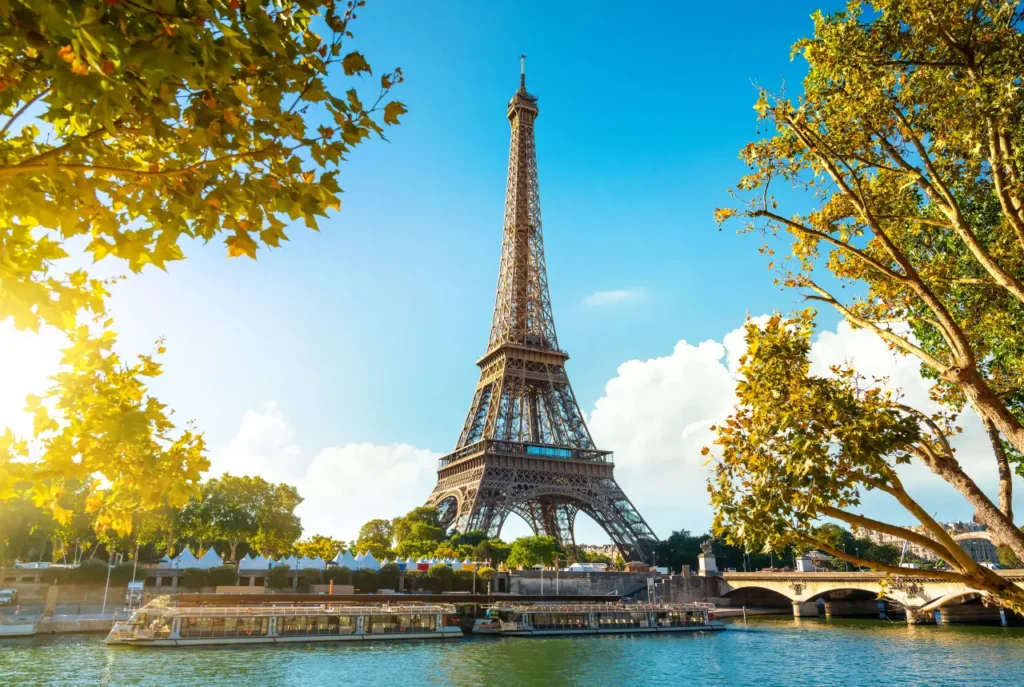
Above is some information about the Eiffel Tower that we have collected from sources. We hope this article has provided helpful information for our readers. We look forward to seeing you in our future topics.

